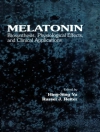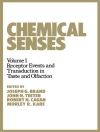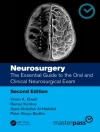Tinnitus is a prevalent hearing disease, affecting 15% of the population, particularly hearing impaired, veterans and even young people who grow up with mp3 players and i Pods. The mechanisms underlying tinnitus remain controversial. At present there is no cure for tinnitus, and treatment options are limited.
Different from previous tinnitus books, including A. R. Moller’s book [in press at Springer], which typically have a strong clinical flavor, the present volume focuses on neural mechanisms of tinnitus and its behavioral consequences. The proposed book starts with a general summary of the field and a short introduction on the selection and content of the remaining chapters. Chapter 2 overviews tinnitus prevalence and etiologies to set the tone for significance and complexity of this neurological disorder spectrum. Chapters 3-8 cover neuroscience of tinnitus in animal models from molecular mechanisms to cortical manifestation. Chapters 9-12 cover human brain responses to tinnitus and it clinical management.
Table of Content
1.Historical Reflections on Current Issues in Tinnitus.- 2. Behavioral Tests for Tinnitus in Animals.- 3.Molecular Mechanism of Tinnitus.- 4.The Cochlea and the Auditory Nerve as a Primary Source of Tinnitus.- 5.Dorsal Cochlear Nucleus: Somatosensory–Auditory Interactions in Tinnitus.- 6.The Inferior Colliculus: Involvement in Hyperactivity and Tinnitus.- 7.Cortex: Way Station or Locus of the Tinnitus Percept?.- 8.Human Brain Imaging of Tinnitus.- 9. The Psychophysics of Tinnitus.- 10. Stimulating the Auditory System to Treat Tinnitus: From Alleviating the Symptoms to Addressing the Causes.- 11.Treatment: Pharmacological, Repetitive Transcranial Magnetic Stimulation, Epidural Stimulation, and Deep Brain Stimulation.












